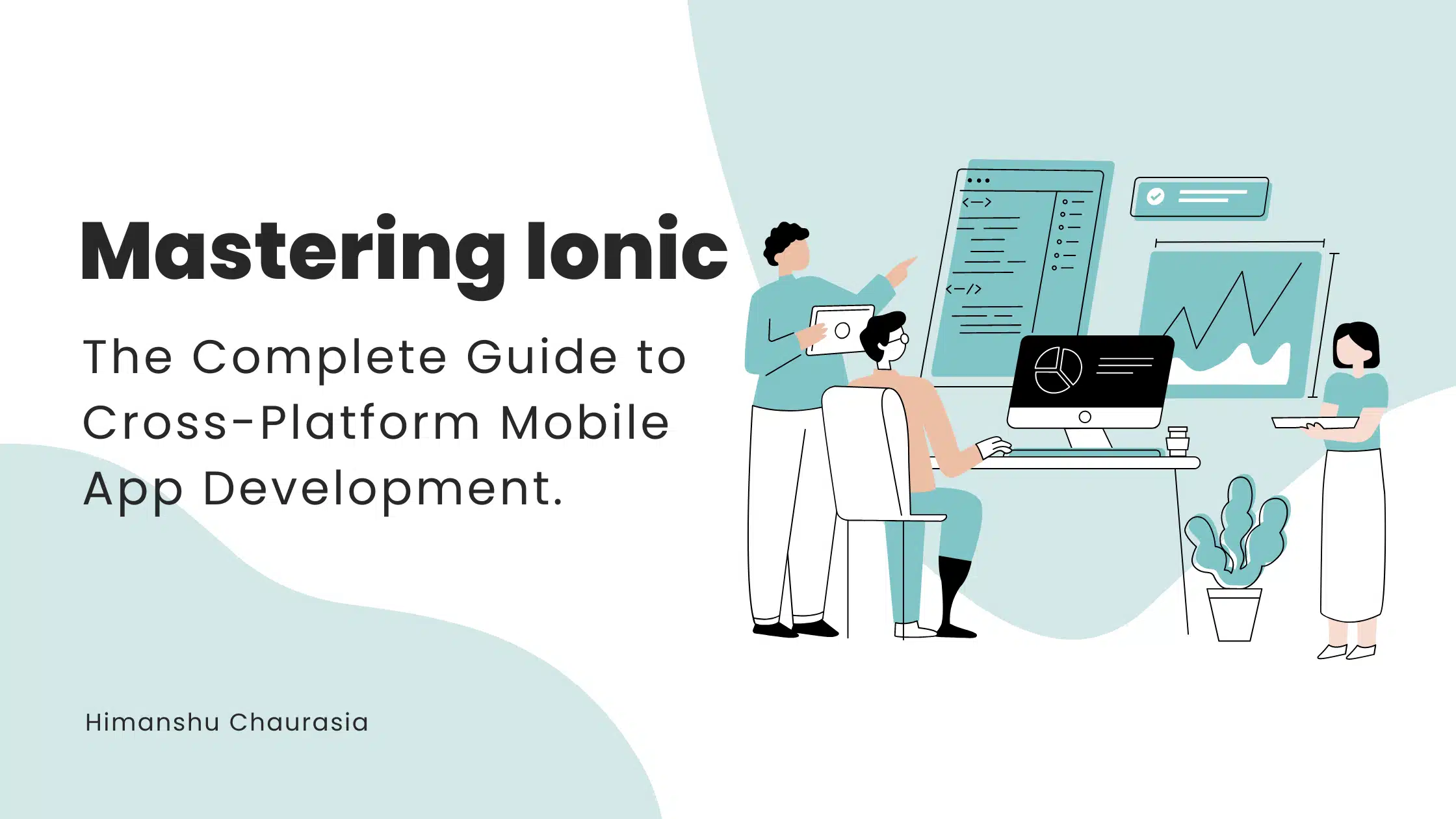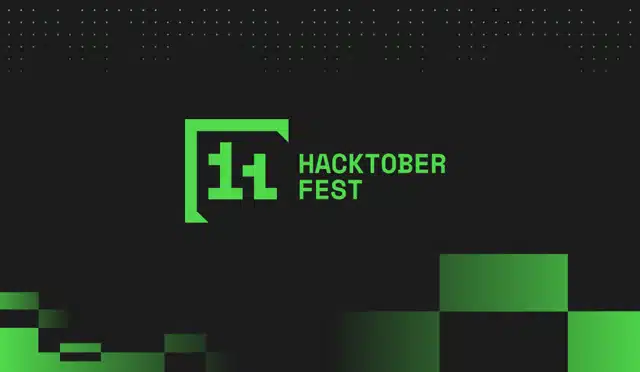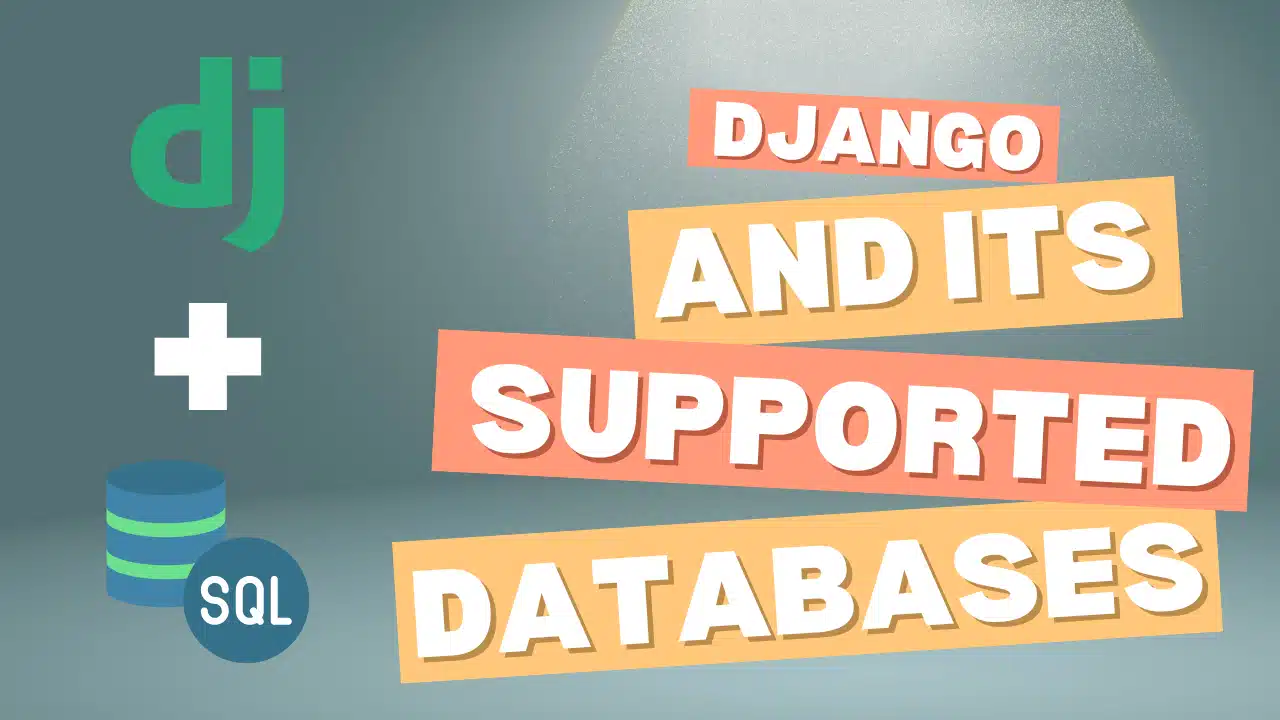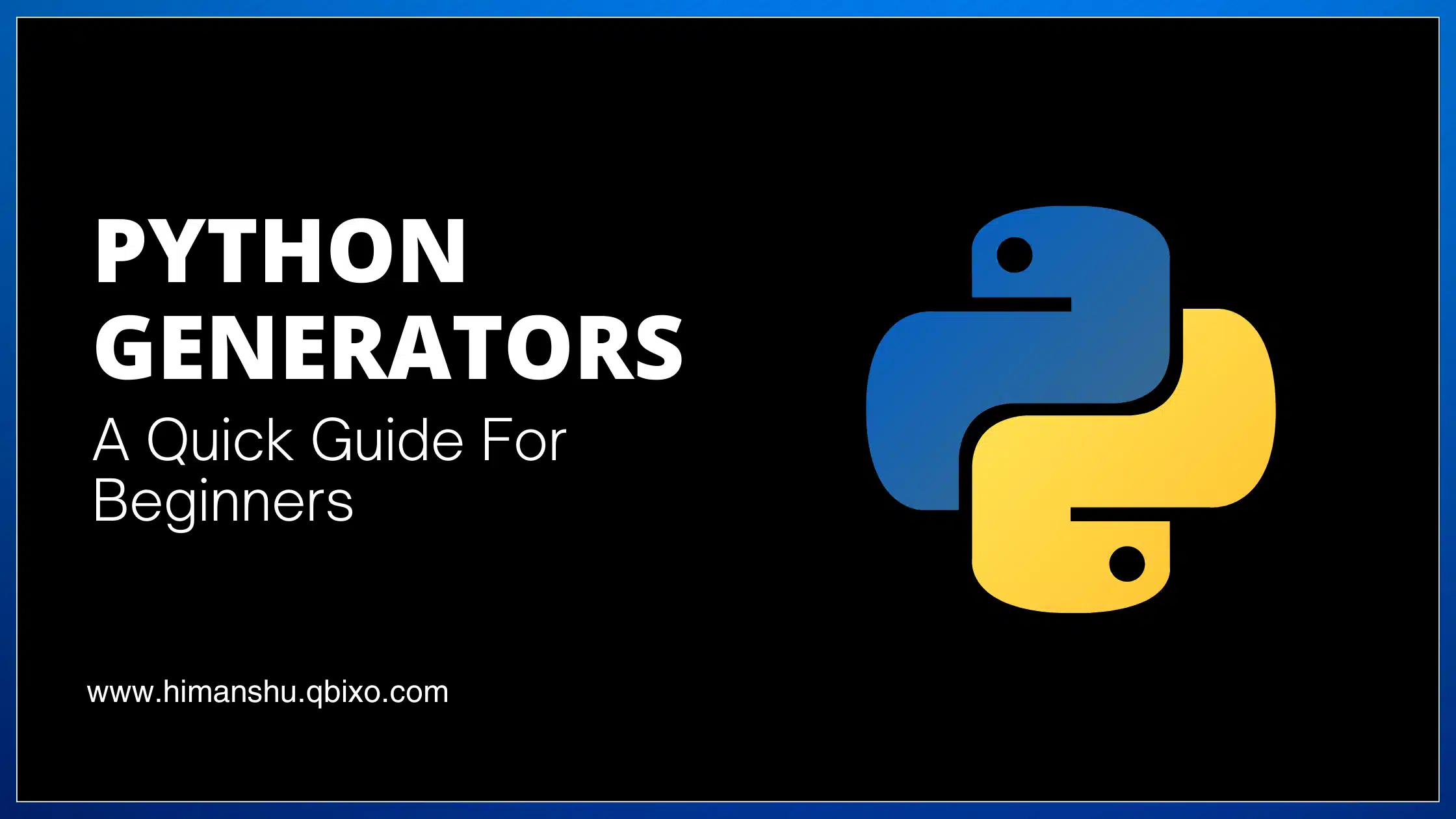Mastering Ionic : The Complete Guide to Cross-Platform Mobile App Development

Introduction
In the dynamic landscape of mobile app development, Ionic has established itself as a versatile and robust framework for building cross-platform applications. Utilizing web technologies such as HTML, CSS, and JavaScript, Ionic allows developers to create high-quality mobile apps for iOS, Android, and the web from a single codebase. This guide aims to provide you with a detailed roadmap to mastering Ionic, including essential learning resources, requirements, future trends, and more.
Roadmap to Mastering Ionic
1. Understanding the Basics
- HTML, CSS, and JavaScript: Before diving into Ionic, ensure you have a solid understanding of these fundamental web technologies.
- Ionic Framework Basics: Learn the core concepts of Ionic, including its architecture, components, and CLI (Command Line Interface).
- Getting Started with Ionic: Create your first Ionic project using the CLI. Here’s a simple example to get you started:
# Install Ionic CLI
npm install -g @ionic/cli
# Create a new Ionic project
ionic start myApp tabs
# Navigate into the project directory
cd myApp
# Serve the app
ionic serve
2. Intermediate Concepts
- Ionic Components: Explore Ionic's rich library of UI components, such as buttons, cards, and lists.
- Navigation and Routing: Understand how to implement navigation and routing in your Ionic apps.
- Forms and Validation: Learn how to create and validate forms in Ionic.
3. Advanced Topics
- State Management: Implement state management in your Ionic apps using tools like NgRx or Ionic Storage.
- Native Device Integration: Use Capacitor or Cordova plugins to access native device features like the camera, GPS, and file storage.
- Theming and Customization: Customize the look and feel of your app using Ionic’s theming capabilities.
4. Deployment and Maintenance
- Testing: Write unit tests, integration tests, and end-to-end tests for your Ionic applications.
- Continuous Integration/Continuous Deployment (CI/CD): Set up CI/CD pipelines to automate the build, test, and deployment process.
- Publishing: Learn how to publish your app to the Google Play Store and Apple App Store.
Where to Learn Ionic
Official Documentation
- The Ionic official documentation is the best place to start, offering comprehensive guides, tutorials, and API references.
Online Courses
- Udemy: Courses like "Ionic - Build iOS, Android & Web Apps with Ionic & Angular" by Maximilian Schwarzmüller are highly recommended.
- Coursera: "Multiplatform Mobile App Development with Web Technologies" by The Hong Kong University of Science and Technology.
YouTube Channels
- Academind: Provides in-depth tutorials and explanations on Ionic concepts.
- Traversy Media: Offers practical Ionic project tutorials.
Books
- "Ionic 5 Cookbook" by Fu Cheng
- "Ionic in Action" by Jeremy Wilken
Requirements
To get started with Ionic, you'll need:
- A Computer: Windows, macOS, or Linux.
- Node.js and npm: Download from nodejs.org.
- Ionic CLI: Install it using
npm install -g @ionic/cli. - Basic Programming Knowledge: Familiarity with web technologies like HTML, CSS, and JavaScript.
Future of Ionic
Ionic’s future looks promising with continuous improvements and a growing community. Upcoming trends and features include:
- Ionic for Web: Enhancements for building Progressive Web Apps (PWAs).
- Capacitor: Ionic's native runtime is gaining popularity for its simplicity and performance.
- New Components and Tools: Regular updates introducing new components and development tools.
Why Ionic?
- Cross-Platform Development: Write once, run anywhere.
- Rich UI Components: A vast library of pre-built UI components.
- Easy to Learn: Utilizes web technologies you already know.
- Strong Community and Ecosystem: A supportive community and extensive ecosystem of plugins and tools.
- Performance: Optimized for high performance on mobile devices.
Ionic bridges the gap between web and mobile development, allowing developers to leverage their existing skills to create amazing applications. Dive into Ionic today and take your app development skills to the next level.
FAQs
Que 1. What is Ionic?
Ans. Ionic is an open-source framework for building high-quality mobile and web applications using web technologies.
Que 2. Do I need to know Angular to use Ionic?
Ans. While Ionic has tight integration with Angular, it also supports React and Vue.js.
Que 3. Can Ionic be used for web development?
Ans. Yes, Ionic can be used to create Progressive Web Apps (PWAs) in addition to mobile apps.
Que 4. Is Ionic suitable for beginners?
Ans. Absolutely. Ionic’s simplicity and comprehensive documentation make it suitable for beginners.
About Author
Latest Blogs

Mastering C#: Your Ultimate Guide to Learning C# Programming
Introduction to C#C# (pronounced "C sharp") is a versatile and powerful programming language developed by Microsoft. Launched in the early 2000s, it is primarily used for building Windows applications, web services, and games. With its clean syntax and object-oriented principles, C# has become one of the most popular programming languages worldwide.Why Learn C#?Versatility: C# is used in various domains, from desktop applications to cloud-based services.Strong Community: With a robust community …

A Complete Guide to Hacktoberfest 2024: How to Register, Contribute, and Make the Most of It
Hacktoberfest is back for 2024! This annual event encourages developers worldwide to contribute to open-source projects. Whether you're a seasoned open-source contributor or a newcomer, this guide will walk you through the process of getting started, making contributions, and maximizing your participation in Hacktoberfest 2024. What is Hacktoberfest?Hacktoberfest is an event held every October to celebrate and promote open-source software. DigitalOcean organizes it in partnership with other tech companies and open-source …

Django and Its Supported Databases: A Comprehensive Guide
Django, a powerful web framework written in Python, offers seamless integration with various databases. Choosing the right database depends on your project needs. This guide will explore all available databases compatible with Django, how to connect them, incompatible databases, and frequently asked interview questions related to Django database integration.Supported Databases in DjangoPostgreSQLMySQLMariaDBSQLiteOraclePostgreSQLPostgreSQL is a popular open-source relational database that is fully supported by Django. It's known for advanced features like …

Python Generators: A Comprehensive Guide with Examples, Use Cases, and Interview Questions
IntroductionIn Python, generators provide a powerful tool for managing large datasets and enhancing performance through lazy evaluation. If you’re aiming to optimize memory usage or handle streams of data efficiently, understanding Python generators is crucial. This blog will cover what Python generators are, how they work, their advantages, scenarios where they shine, and some common interview questions. Whether you're a seasoned developer or new to Python, this guide will help …
Social Media
Tags
#Ionic
#MobileDevelopment
#CrossPlatform
#WebTechnologies
